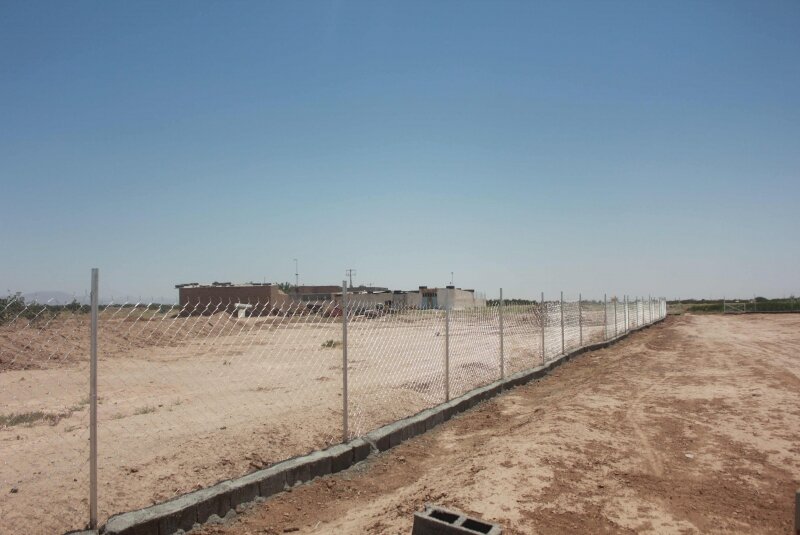Fences installed to protect prehistoric site in eastern Iran

TEHRAN –A series of metal fences have been set up to protect Kale Kub site in Sarayan, eastern South Khorasan province.
A budget of 400 million rials ($9,500 at the official exchange rate of 42,000 rials per dollar) was allocated to the conservation project, Sarayan’s tourism chief Mohammad Arab said on Sunday.
Moreover, the project aimed to prevent the destruction of the historical site and the entry of unauthorized vehicles, the official added.
Leading Iranian and foreign archaeologists have participated in field surveys and excavations at the site for five seasons, and good results have been reported, he explained.
However, there will be a need for more funds to continue archeological excavations and research activities in the site, he noted.
Kale Kub is one of the few prehistoric sites identified in South Khorasan province that demonstrate a cultural sequence spanning between the fifth and third millennia BC.
The first season of archeological excavations on Kale Kub site was implemented in 2019 in collaboration with Japanese archeologists.
The project revealed the chronological sequence from the 5th to late 4th millennium BC. However, poor preservation and protection have damaged most parts of the site.
A special pottery style of 4th millennium BC, which is seen on the relics found in Kale Kub, is the most important discovery on the site, as this style has been previously seen in the western Iranian plateau.
Since there are two deserts, Dasht-e Kavir and Lut desert, between these two parts of the country, the Kale Kub excavations could help us to comprehend how the culture made its way to the east.
Covering an area of over nine hectares, the historical site is a listed National Heritage property.
South Khorasan is home to many historical and natural attractions such as Birjand Castle, Dragon Cave, Furg Citadel, and Polond Desert.
Saffron and barberry, the former known as the “red gold” in the country, which is considerably produced in almost all parts of the province, have made it a significant destination for ecotourism.
ABU/MG

Leave a Comment